Our champions of recycling in the 1970s
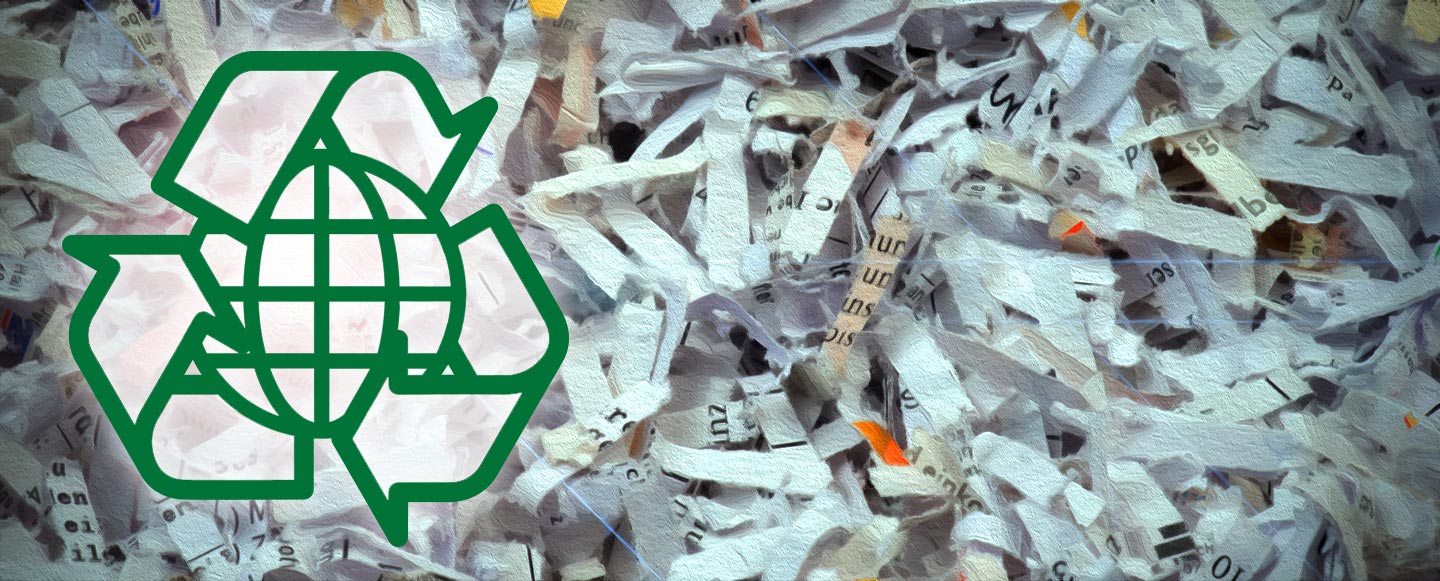
In 1970, the Wells Fargo Operations Center in San Francisco was producing an average of 500,000 pounds of paper waste a year. Dennis Hart, a young, part-time administrative assistant at Wells Fargo, was asked to find a new vendor for getting rid of the Operation Center’s trash. Hart saw this as an opportunity to do business better and “greener” at Wells Fargo — and helped start the company’s first recycling program.
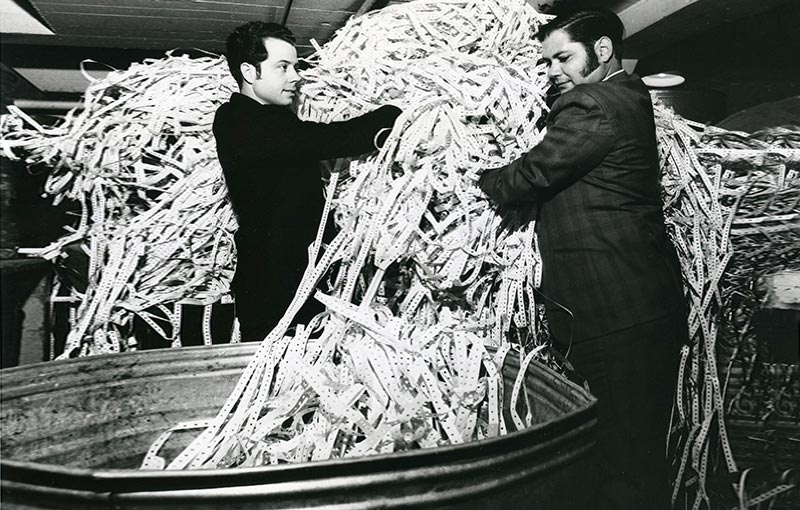
At the time, recycling was just starting to become a larger part of American life. While recycling paper drives had occurred in the past, they were usually motivated by economic or wartime needs, not done out of a desire to protect the environment. That was quickly changing. In the 1960s, people started to speak out against pollution and call for new solutions. These grassroots efforts resulted in the first Earth Day, when 20 million Americans gathered around the nation on April 22, 1970, to advocate for new policies to protect the environment.
Implementing the recycling program
Hart took on the task of making Wells Fargo “greener” at a time when the bank had only dabbled in recycling; it was usually done on an individual basis and involved reusing paper. There was no companywide infrastructure to easily send paper to a recycling plant instead of a landfill.

Hart found that starting the first recycling program at Wells Fargo wasn’t easy, even though the bank was much smaller then, with less than 10,000 employees. He worked with colleagues across different departments to investigate how trash was produced and collected. New policies had to be created to ensure that nonrecyclable paper, like carbon paper, did not get mixed in with the recyclable material.
The successful implementation of the program required the enthusiastic support of everyone involved. Outdated forms, obsolete records, excess supplies, and tabulator cards used to operate the IBM computers were the most common items recycled. Other records were carefully shredded and baled.
“We had two people working 60 hours a week just to sort the computer paper” in the first few years, Gary Tanaka, a fellow team member who oversaw the program’s initial growth, said in 1978. While not the most glamorous of jobs, the employees who sorted through the paper waste ensured that the program worked.
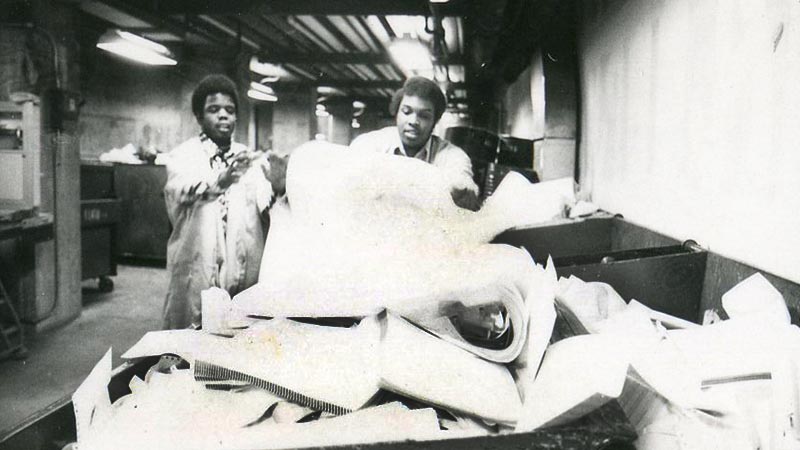
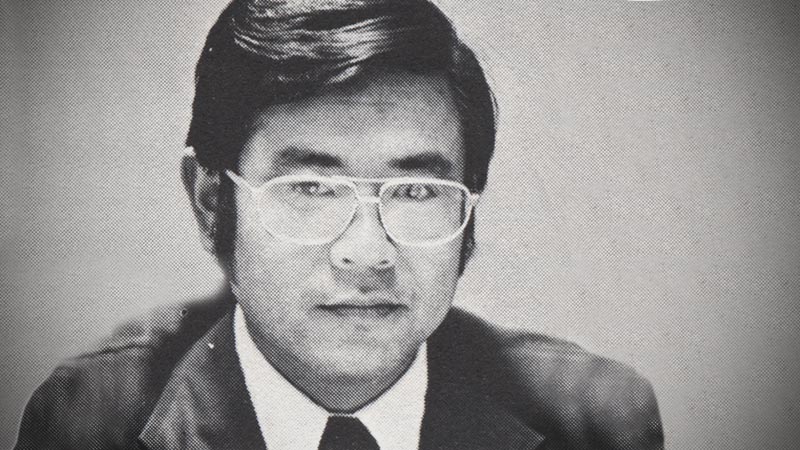
The program proved a huge success. In the first few months, 300,000 pounds of paper waste were recycled, saving an estimated 6,000 trees. By the end of 1971, Wells Fargo’s recycling rate had increased to over 1.5 million tons of paper waste.
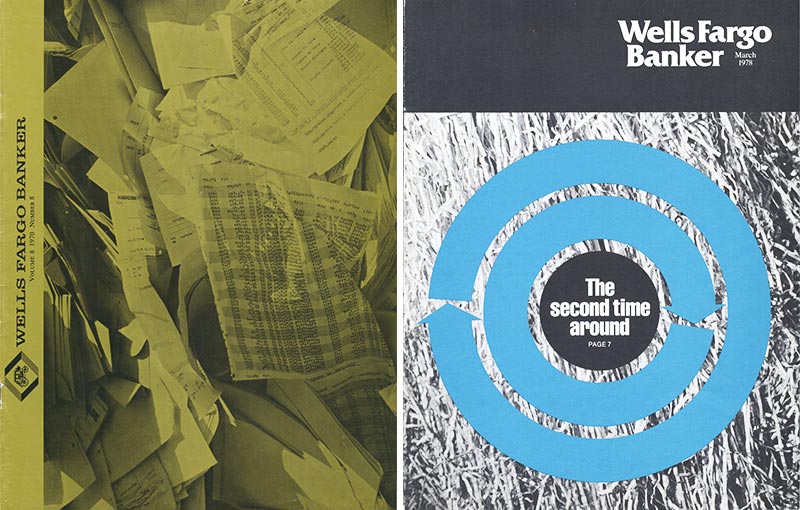
Not only did the new program save trees, it also saved money. At the time, recycling plants paid for access to high volumes of recyclable material. Instead of facing an annual bill of $15,000 from the garbage company, Wells Fargo received $5,000 from the recycling company. As Wells Fargo’s recycling program grew, so did its return on the ecological investment. By 1976, Wells Fargo made $48,000 by selling paper waste.
Despite the revenue, Wells Fargo’s reason to recycle was based on environmental protection — not profit.
Advocating for communities and the environment
The 1960s was a time of great social change. The rise of the civil rights, feminist, and environmental movements led to the realization that businesses needed to be advocates for communities and the environment. As Wells Fargo Board Chair Ernest Arbuckle said in 1971, “We all have a responsibility to create an environment in our own organizations which engenders an awareness — a concern for the social and ethical dimensions of all decisions.”
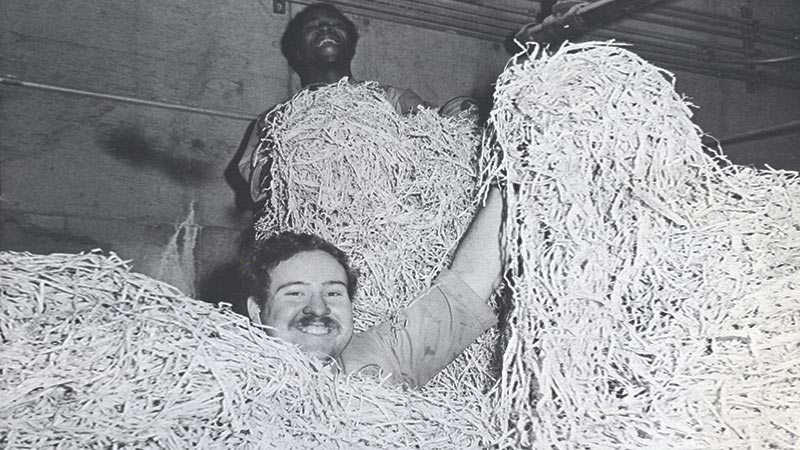
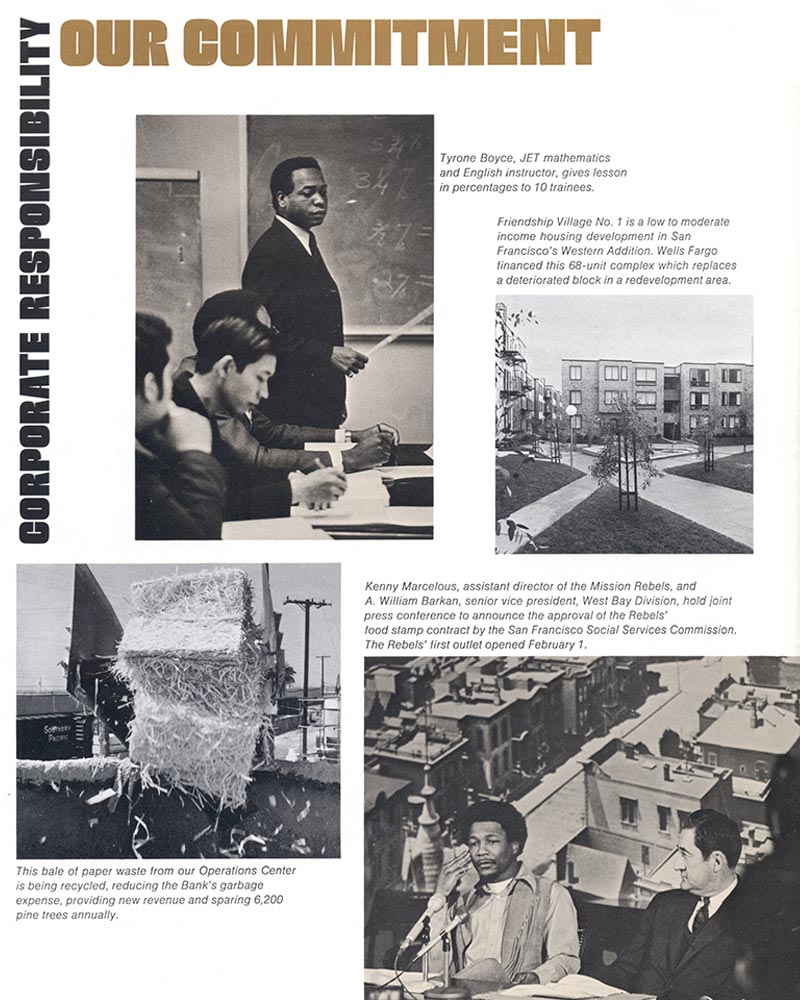
The recycling program at the Operations Center in San Francisco was expanded to other locations in 1975, at the request and supervision of the Corporate Responsibility Committee. Wells Fargo also made a commitment to use recycled paper. By 1978, more than 78 percent of the paper bought for Operations and the Head Office was recycled.
Recycled paper — and brighter checks
Recycled paper had some limitations. Early experiments to use recycled paper for Wells Fargo’s popular stagecoach checks resulted in grainy and unfavorable colors. However, in 1972, the bank bought bagasse, a waste product created during the processing of sugar cane. The recycled sugar cane fibers created a quality paper that held the bright colors of the stagecoach checks that many customers prized. When the bank launched the new 200 million checks printed on recycled paper, it also offered customers a chance to put 25 cents of their check purchase toward the ecology program of their choice. By the end of 1972, Wells Fargo donated more than $20,000 to environmental organizations at its customers’ behest.
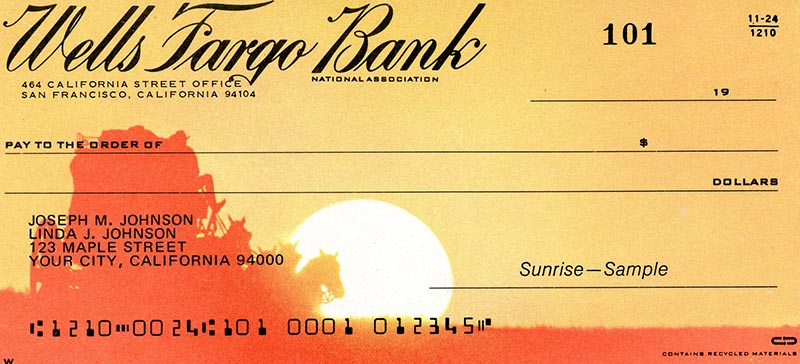
As an early adopter, Wells Fargo’s recycling program was written about and even mentioned in congressional hearings. It became an example for other environmentally concerned corporations to follow. Hart’s original effort to go green by creating the company’s first recycling program has had a lasting influence in ensuring that protecting the environment remains part of Wells Fargo’s corporate social responsibility goals.
Today, Wells Fargo’s recycling efforts have grown, and its commitment to promoting environmental sustainability and meeting its corporate citizenship goals continues.